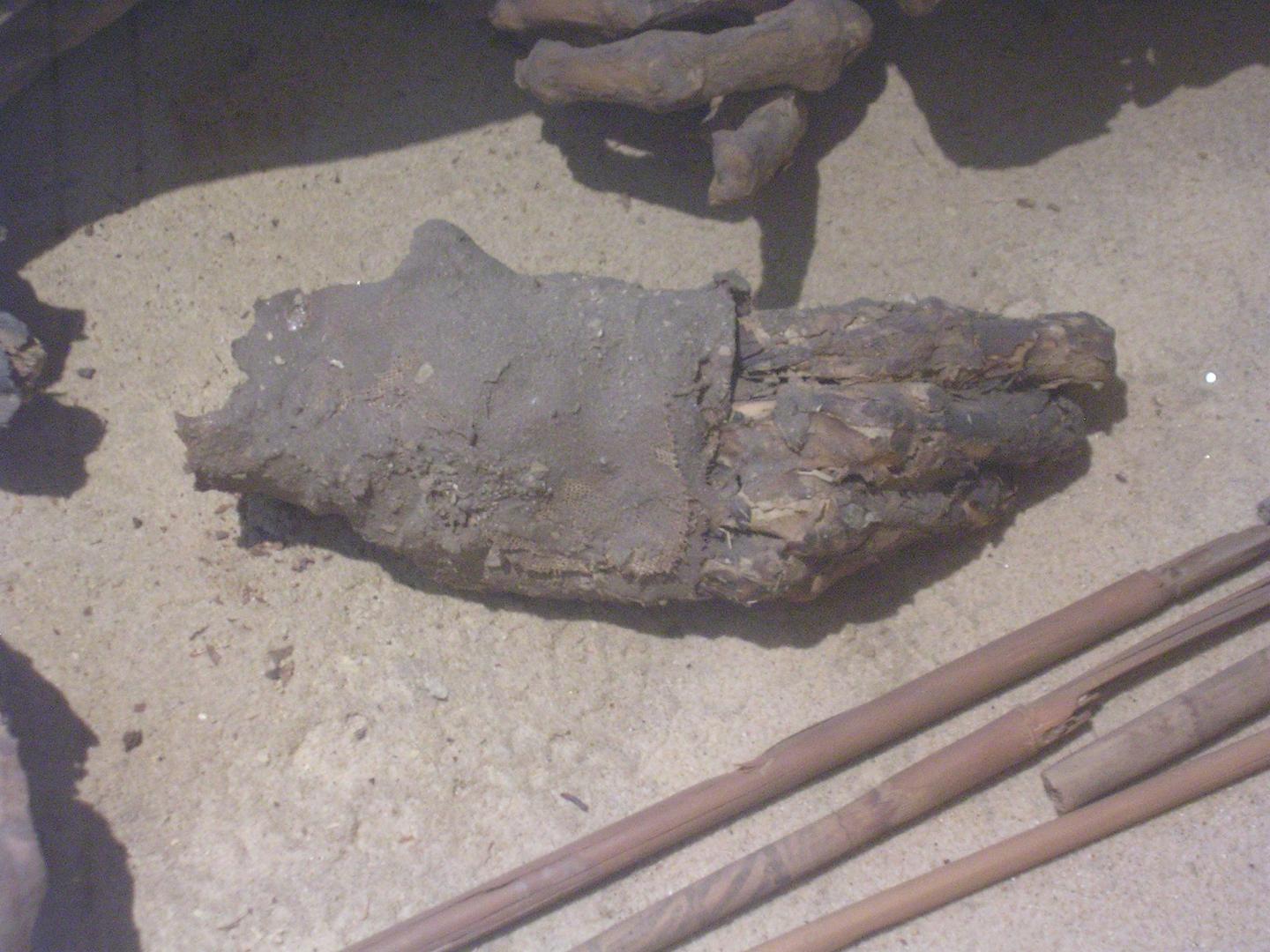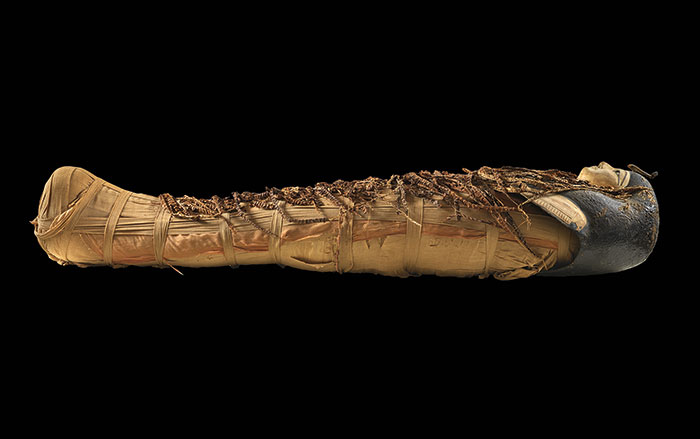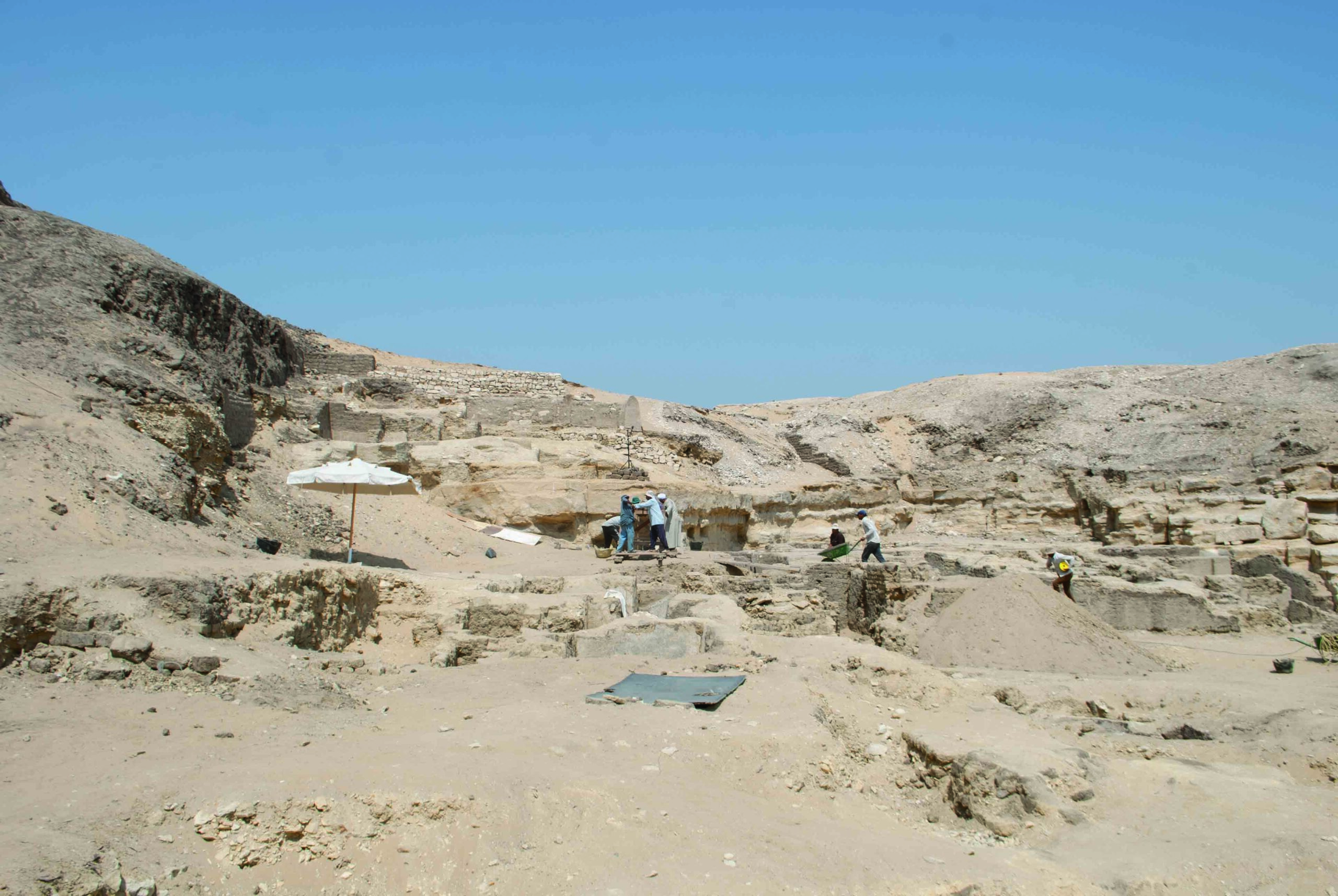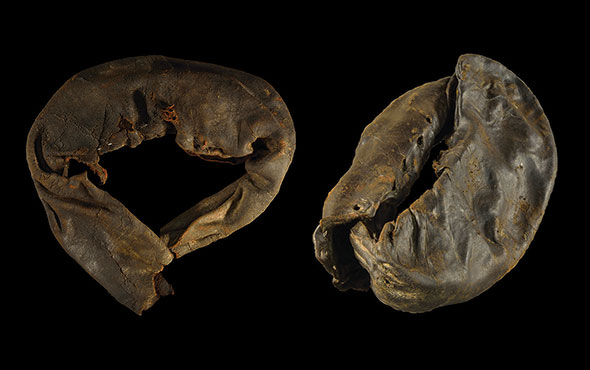
YORK, ENGLAND—BBC News reports that an international team of researchers including Stephen Buckley of the University of York has worked out an ancient Egyptian embalming “recipe” through the analysis of a human mummy dated to approximately 3600 B.C. It had been previously thought that this mummy had been formed through natural processes, but chemical analysis of its wrappings revealed the body was intentionally embalmed. The remains, housed in The Egyptian Museum in Turin, Italy, and never treated by conservators, had been treated with a plant oil such as sesame oil; a “balsam-type” plant or root extract, perhaps derived from bulrushes; a plant-based gum that may have been produced from acacia; and a conifer tree resin, probably from pine trees. When combined with oil, the resin possessed antibacterial properties that helped to protect the body from decay, Buckley said. This basic recipe was used 2,000 years later to embalm the pharaohs, he added, suggesting there was an Egyptian identity long before the Egyptian nation-state was formed. To read more about research on early embalming in Egypt, go to “Mummification Before the Pharaohs,” which was one of ARCHAEOLOGY's Top 10 Discoveries of 2014.











